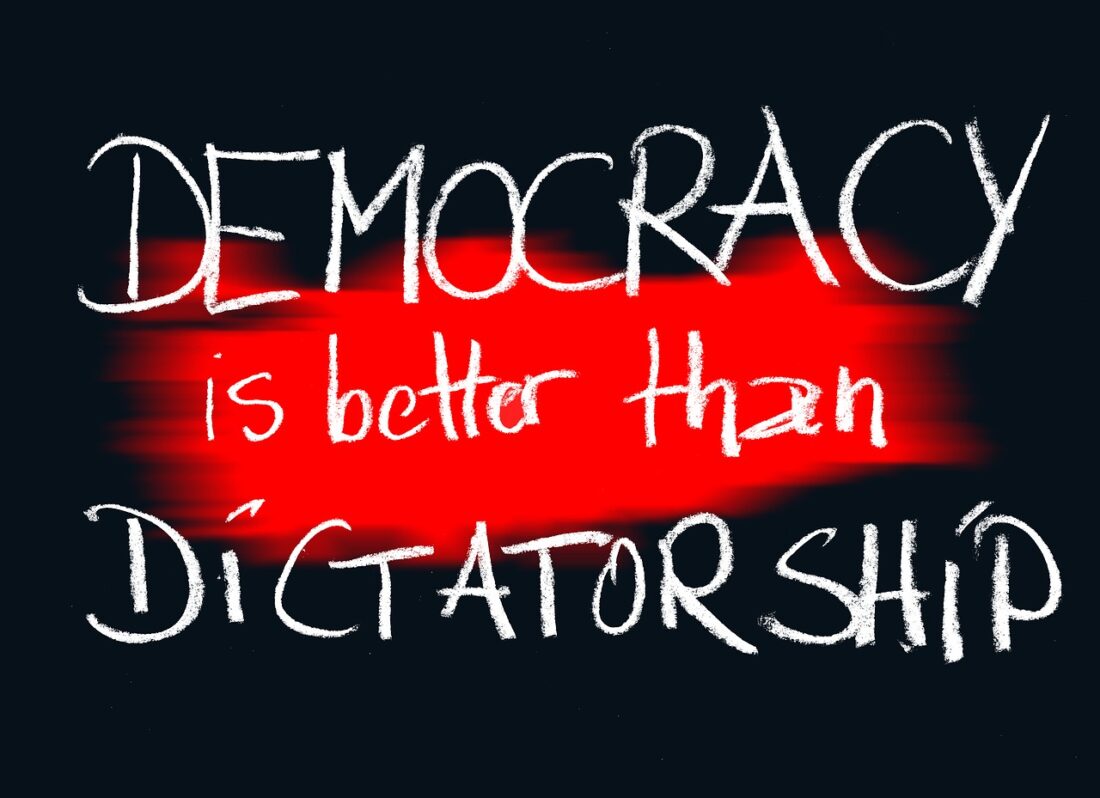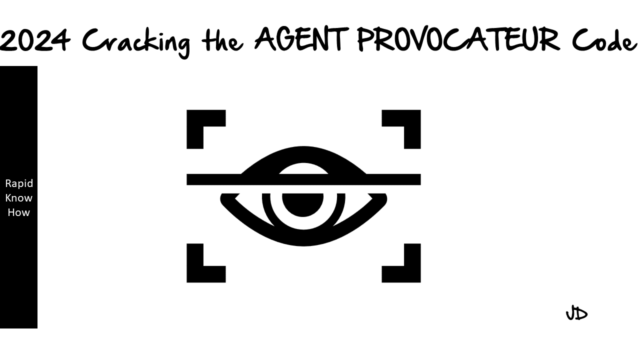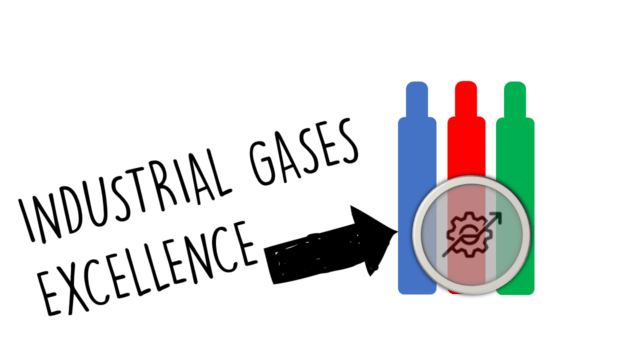The transition from dictatorship to democracy is a complex process that requires the mobilization of various critical organizations and the crafting of an effective strategy. This process is not a one-size-fits-all approach, but rather a tailored approach that considers the unique socio-political context of each country.
**Critical Organizations to Mobilize**
1. **Civil Society Organizations (CSOs):** CSOs play a crucial role in mobilizing citizens, advocating for democratic reforms, and holding governments accountable. They can provide a platform for citizens to voice their concerns and aspirations, and they can help build consensus around the need for democratic change.
2. **Political Parties:** Political parties are essential for representing diverse interests and facilitating political competition. They can help mobilize citizens around a common agenda and provide an alternative to the existing regime.
3. **Media Organizations:** A free and independent media is vital for informing citizens, promoting transparency, and holding governments accountable. Media organizations can help expose abuses of power and corruption, and they can provide a platform for democratic discourse.
4. **International Community:** The international community, including foreign governments, intergovernmental organizations, and international NGOs, can provide support in various forms such as diplomatic pressure, financial aid, technical assistance, and capacity building.
**Crafting a Strategy that Works**
1. **Building Consensus:** The first step in crafting a strategy is to build consensus among key stakeholders about the need for democratic change. This involves engaging in dialogue, negotiation, and compromise to develop a shared vision of democracy.
2. **Mobilizing Support:** The next step is to mobilize support from citizens, civil society organizations, political parties, media organizations, and the international community. This involves raising awareness about the benefits of democracy, building coalitions, organizing protests or demonstrations, lobbying decision-makers, etc.
3. **Implementing Reforms:** Once there is sufficient support for democratic change, the next step is to implement democratic reforms. This involves drafting new laws or amending existing ones, establishing new institutions or reforming existing ones, holding free and fair elections, etc.
**Getting Started Step-by-Step**
1. **Assess the Situation:** Understand the current political landscape, identify key stakeholders, and analyze their interests and power dynamics.
2. **Develop a Vision:** Define what democracy means in your context, and develop a vision of how it can be achieved.
3. **Build Alliances:** Reach out to potential allies, build relationships, and form coalitions.
4. **Mobilize Support:** Raise awareness, organize activities, and mobilize support for your cause.
5. **Implement Reforms:** Advocate for democratic reforms, monitor their implementation, and hold those responsible accountable.
**Conclusion and Recommendation**
Transitioning from dictatorship to democracy is a challenging process that requires strategic planning, broad-based support, and sustained effort. It involves not only political changes but also social and cultural changes. Therefore, it is important to engage all sectors of society in this process and to ensure that the transition is inclusive, participatory, transparent, and accountable.
In conclusion, while the road to democracy may be long and fraught with challenges, it is a journey worth undertaking for the promise of freedom, justice, equality, and dignity that it holds. It is recommended that those seeking to drive this change remain steadfast in their commitment to democratic principles and values, be strategic in their actions, be adaptable in their approach, and be resilient in the face of setbacks or resistance.




